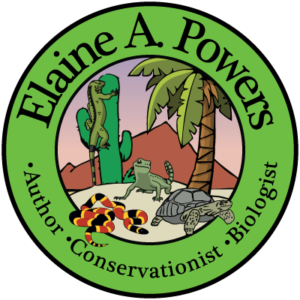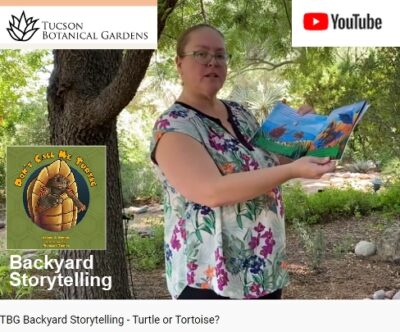What’s in a Name? Do You Mean the Common Name or the Scientific Name? by Elaine A. Powers, Author
In my stories and picture books published here by Lyric Power Publishing LLC, I include the scientific names, along with the common names, of the animals and plants I write about. Sometimes, I have to use different common names because each locale has its own unique twist. Like the gumbo limbo tree is also called red bird, and the banaquit is the banana bird.
I learned this doing my research while writing my children’s story called Grow Home, Little Seeds, which is a tale of friendship and of establishing one’s own home, told from the point of view of a bundle of tree seeds. I weave science into story because it makes the science fun and it tends to stick that way. The seeds have a great adventure finding their way together, and they are sweetly illustrated by artist and illustrator, Monique Carroll. Her beautiful botanical illustrations of the trees are featured in the Seed Appendix in the back of the book, which lists both the common and scientific names of all the trees. The book is a great tool for teaching children about trees and the need for their own micro-environments.
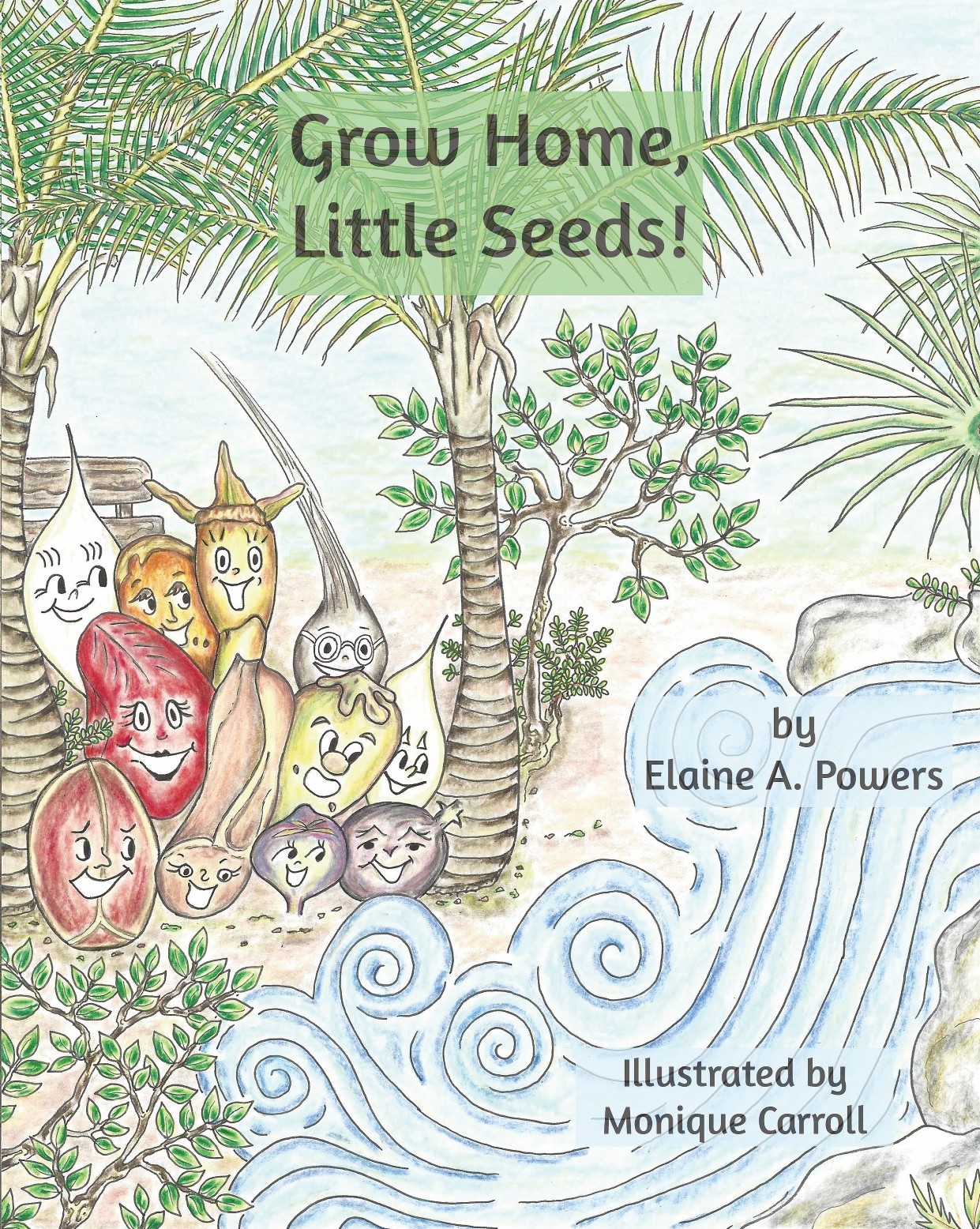
Scientists prefer to use taxonomic names because common names are often different from each other, while scientific names are consistent around the world. Scientific names consist of the genus and species, with a descriptive term from Latin or Greek. The genus comes before the species level. Members of a genus are species with common features. Members of a genus can interbreed and produce fertile offspring.
A species is defined as a group of organisms that can reproduce with each other in nature and produce fertile offspring. It is the most basic category in the taxonomic system. When writing an organism’s scientific name, the genus name is capitalized, and the species name is written in lower case letters.
But scientific names can be changed as well. The fish, the guppy, that I did my master’s research project on was originally named Poecilia reticulata but was also known as Lebistes reticulatus when I was doing my research. Things can get confusing when the taxonomers can’t agree if a group of fish are the same species. Fortunately, DNA identification has helped clear up some of the confusion.
I encourage you to take the time to learn the scientific names of the living organisms all around you. It’s actually lots of fun once you get started learning them. I’ll start you off with an easy one here, the green iguana, Algae, pictured below, whose scientific name is Iguana iguana.
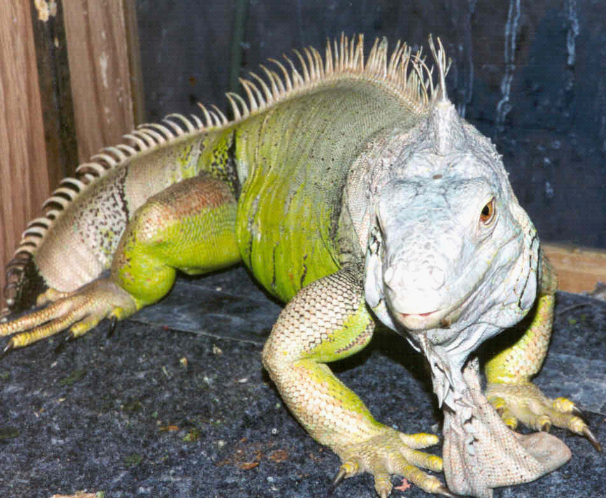
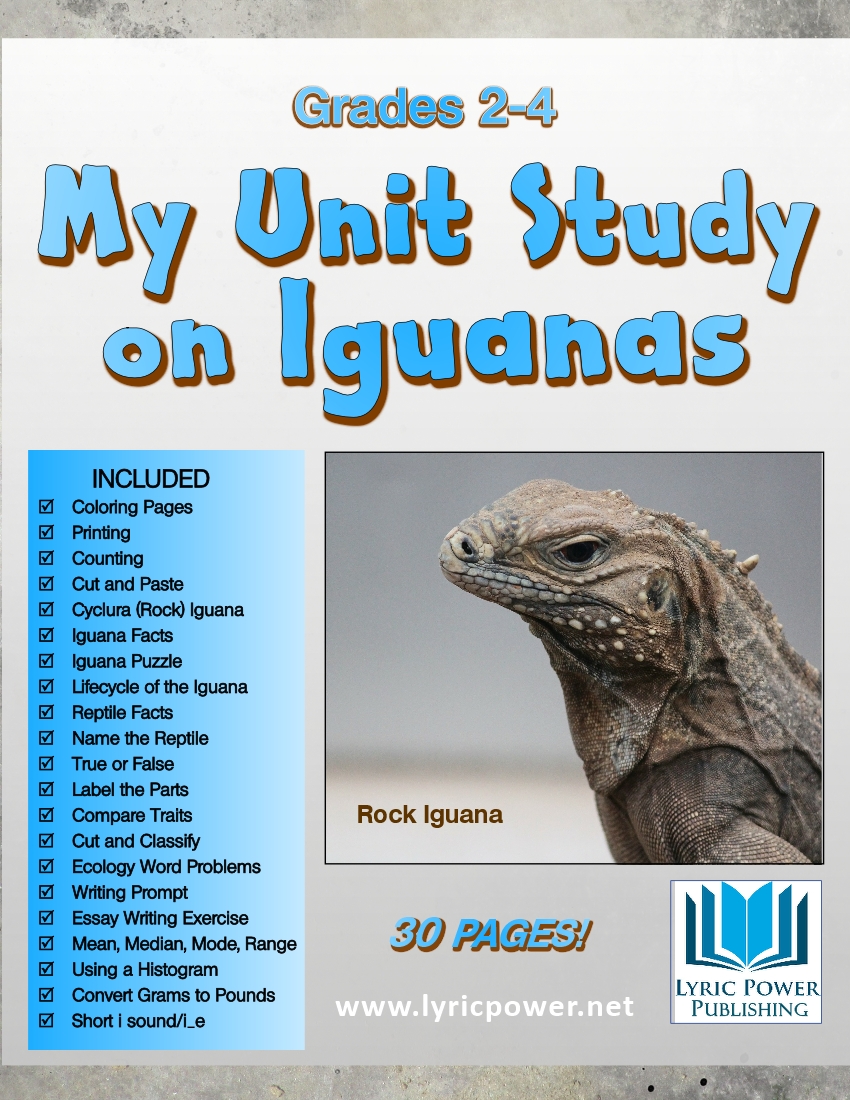 You can learn all about iguanas in the Lyric Power Publishing workbook, My Unit Study on Iguanas. The scientific name for the Grand Cayman blue iguana featured on the cover is Cyclura lewisi. The workbooks and activity sheets published by LPP are fun and interesting and help support educational goals at school and at home. They are downloaded once, and you can print as many copies as you’d like.
You can learn all about iguanas in the Lyric Power Publishing workbook, My Unit Study on Iguanas. The scientific name for the Grand Cayman blue iguana featured on the cover is Cyclura lewisi. The workbooks and activity sheets published by LPP are fun and interesting and help support educational goals at school and at home. They are downloaded once, and you can print as many copies as you’d like.
MY UNIT STUDY ON IGUANAS is thirty pages of iguana information and fun activity sheets for grades 2-4. Includes coloring pages, fact sheets, T/F about reptiles, parts of an iguana coloring page, compare animal traits, name matching, count and classify, reptile spelling page, life cycle of the iguana cut-and-paste activity, ecology word problems, iguana word problems, creative writing prompt, opinion writing exercise, mean, mode, median, and range worksheets, counting iguanas, histogram worksheet, grams-to-pounds worksheet, trace the words and color, short i sound, and create an iguana puzzle.
To learn about our latest science-based children’s books and workbooks, to read our latest blog posts about reptiles, birds, cats, and gardening, in a variety of locations, and about how the books come to be, what inspires an author to write, and many more interesting aspects of the publishing business, fill in the box below and we will add you to our email list.
Thank you!

